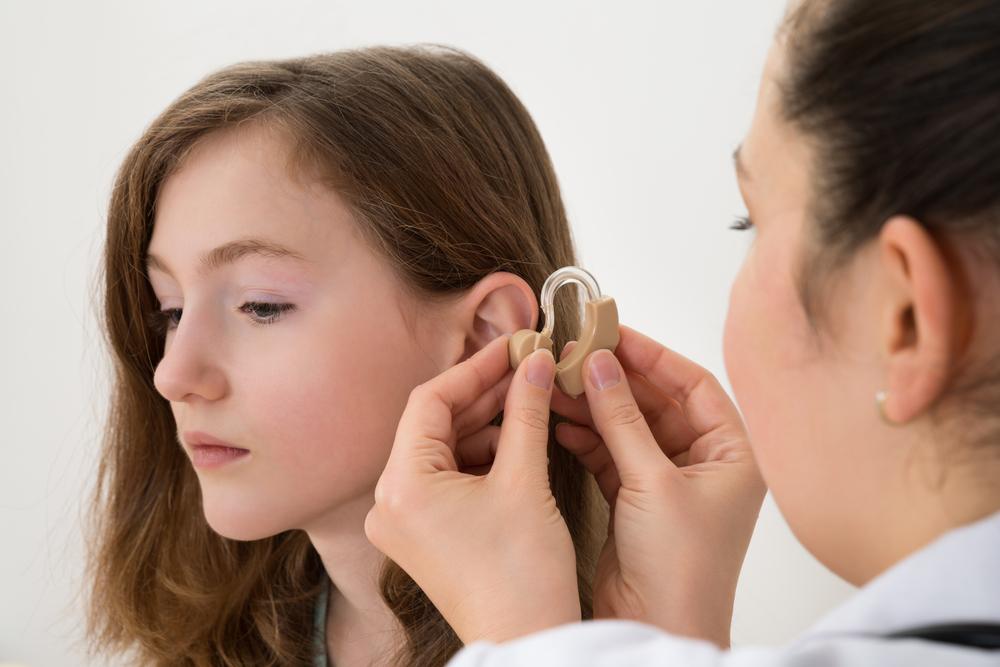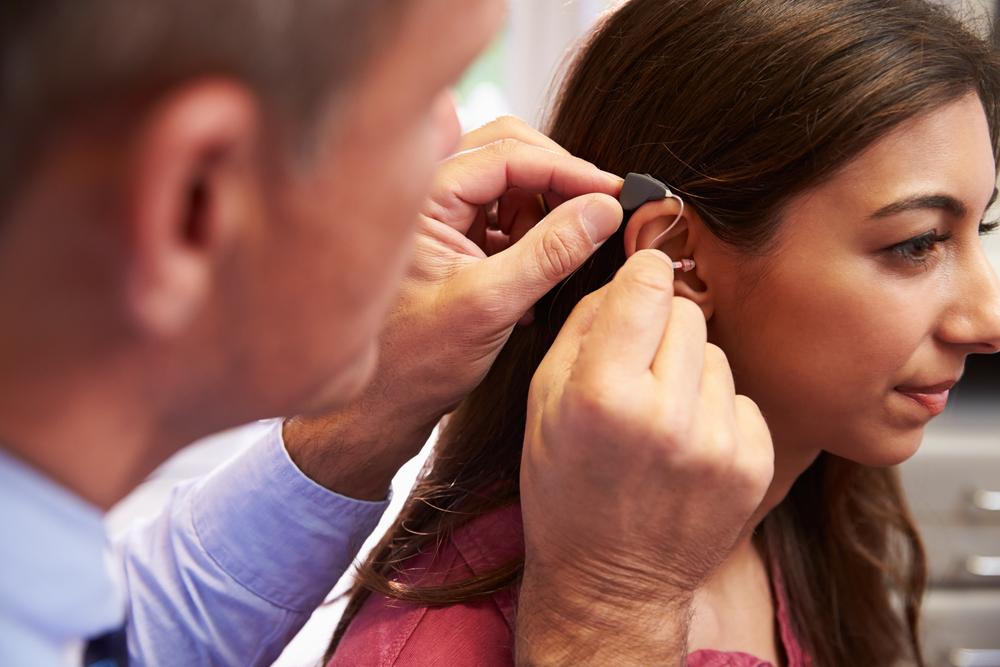Comprehensive Guide to Starkey's Popular Hearing Devices
Explore Starkey's range of advanced hearing aids, including digital, discreet, and compatible models designed for different hearing needs. Discover styles from in-the-canal to behind-the-ear options, with innovative features like iPhone connectivity and invisible designs. Make an informed choice for enhanced hearing experiences tailored to your lifestyle and preferences.

A Complete Guide to Starkey’s Leading Hearing Devices
Hearing aids are essential tools that amplify sound, improving auditory experiences for individuals with hearing impairment. Advances in technology have shifted from traditional analog to modern digital designs, offering smaller, more sophisticated options from top brands. These devices come with customizable settings and innovative features, delivering a personalized hearing solution with sleek aesthetics.
Differences Between Analog and Digital Hearing Aids
Understanding the primary distinctions between analog and digital hearing aids is crucial when choosing the right device. This knowledge helps determine the most suitable option based on your hearing needs.
Amplification is a core feature of any hearing aid. Analog models amplify sounds uniformly, which can lead to difficulty distinguishing speech from background noise, as they lack advanced customization. Most analog devices cannot be tailored to specific hearing conditions, apart from a few with microchips that allow basic programming adjustments. Digital hearing aids utilize microchips to replicate sounds precisely, enhancing speech clarity and noise filtering for a more natural listening experience.
Digital devices also support multiple listening modes for diverse environments, improving overall hearing performance. Although generally more costly than analog options, digital aids offer superior sound quality and versatility.
Common Style Options for Hearing Aids
In-the-Canal (ITC) and Completely-in-Canal (CIC)
Designed to fit within the ear canal, these compact models are discreet and less noticeable. They provide excellent sound amplification and are favored for their aesthetic appeal but tend to be more expensive.
In-the-Ear (ITE)
These aids sit over the ear, featuring larger casings that house all components. They are easier to handle and maintain and are generally more affordable.
On-the-Ear
Known for being lightweight and less bulky, these aids are a good choice for those concerned about appearance. They reduce feedback and occlusion effects, providing comfort for extended wear.
Behind-the-Ear (BTE)
More visible and bulkier, BTE aids are typically economical and durable, making them suitable for children. All electronic parts are stored in a casing that connects to an ear mold or tube.
Popular Starkey Hearing Aid Models
Made for iPhone
This advanced model allows direct connection with Apple devices like iPhone, iPad, and Apple Watch. Users can control programs, stream music, and handle calls via their devices. Options include Halo iQ and Halo 2, with prices around $1700 to $4000 depending on style.
Invisible-In-Canal (IIC)
These subtle, nearly invisible aids are perfect for mild to severe hearing loss, supported by SoundLens Synergy technologies. Cost ranges from about $1900 to $3950.
Receiver in Canal (RIC)
Powered by Muse, Muse iQ, and Z series tech, these models cost approximately $1500 to $3300.
Completely-in-Canal (CIC)
Utilizing similar technology to RIC aids, CIC models typically cost between $1500 and $3900.
Behind-the-Ear (BTE)
Offering affordability starting at around $1600, with premium Z series exceeding $2500, BTE aids are robust options suitable for various needs.
Hearing amplifiers
For those not yet ready for full hearing aids, Starkey provides sound amplifiers as an alternative.










